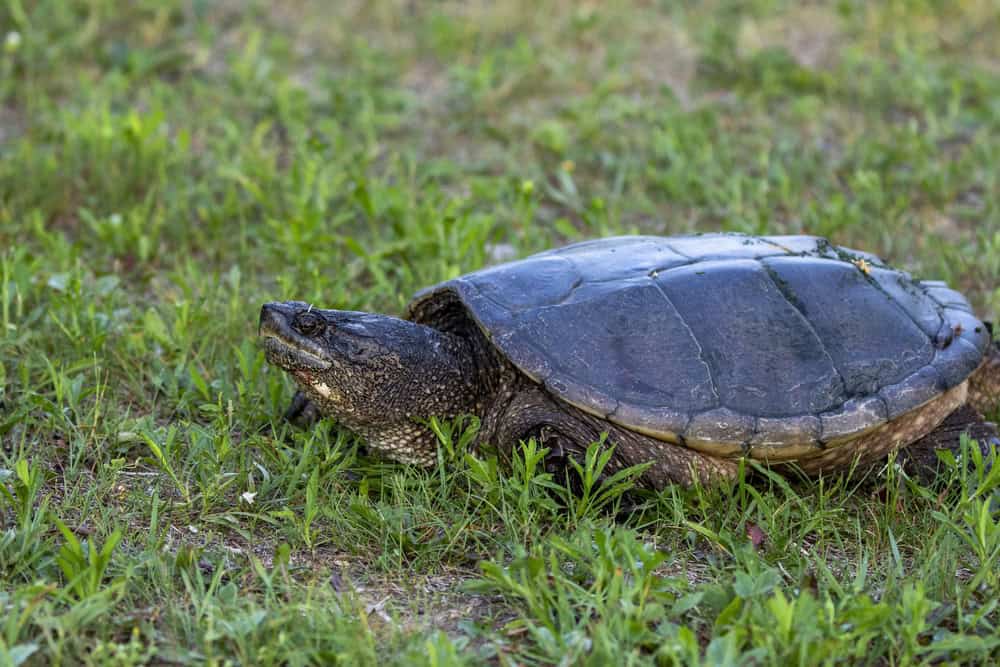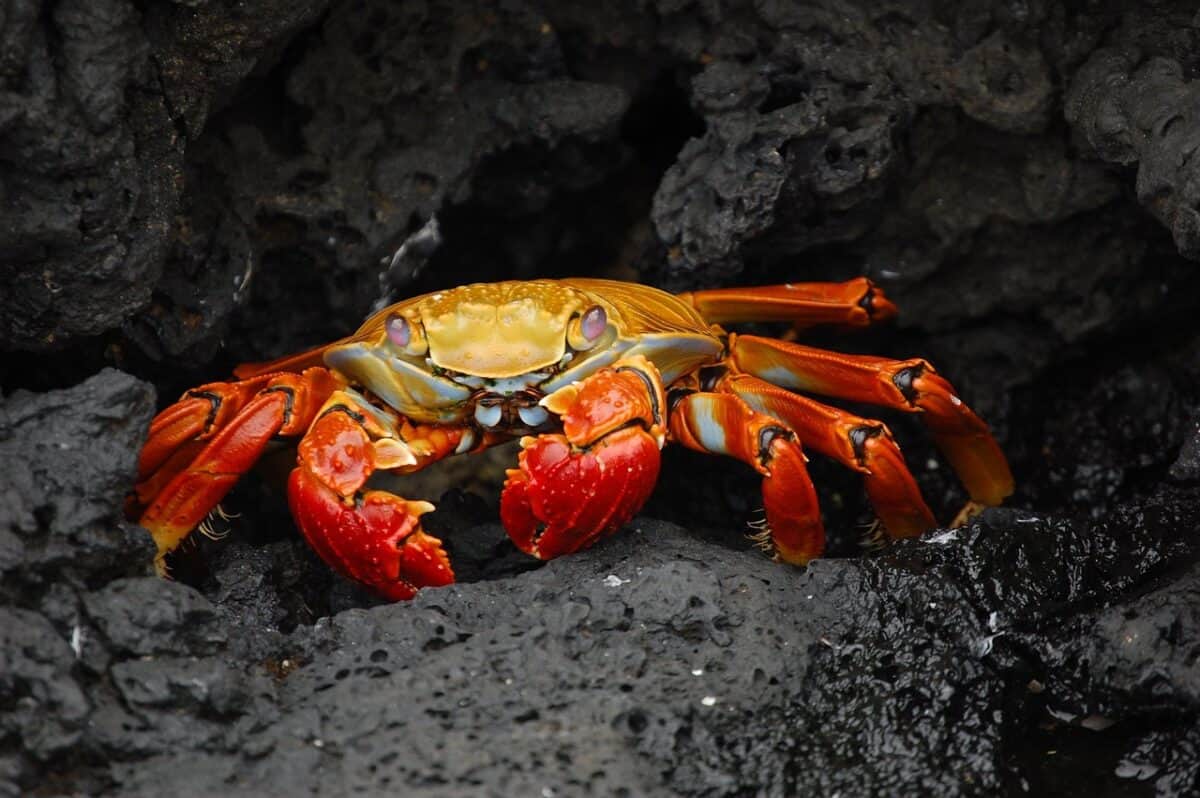The natural world is a tapestry woven with marvels, and among its wonders are animals clad in their very own suits of armor. These creatures have evolved remarkable defenses to thrive in environments fraught with predators. From hard shells to spiked skin, this article explores 10 fascinating animals that sport nature’s most impressive armor. Each has its own story of survival, adaptability, and evolution.
10. The Resilient Armadillo

Armadillos are perhaps the most recognized armored mammals. Known for their distinctive, protective bands, they can roll into a ball to shield themselves from predators. This natural armor is composed of bony plates known as osteoderms. Living mainly in the Americas, armadillos are adept diggers, using their armor not only for protection but also to tunnel through the earth.
9. The Ancient Alligator

Alligators, dwelling in freshwater environments like swamps and rivers, boast tough, scaly skin fortified with osteoderms. This armor provides camouflage and protection while maintaining flexibility and enabling rapid movement. Predators of few and masters of stealth, alligators rely on both their armored defenses and cunning hunting strategies to remain apex predators.
8. The Steely Pangolin

Pangolins are unique creatures covered in hard, overlapping scales made of keratin—the same protein found in human hair and nails. When threatened, they curl into a ball, their scales acting as an impenetrable shield. Found across Africa and Asia, they are unfortunately endangered, primarily due to illegal poaching for their meat and scales.
7. The Indomitable Turtle

Turtles and tortoises are masters of natural armor with their hard shells, which provide protection from predators. The shell is made up of a carapace on top and a plastron underneath, covering their bodies entirely. These reptiles have adapted to various habitats from oceans to deserts, relying on their shells for safety and survival.
6. The Spiny Hedgehog

Hedgehogs, commonly found in Europe, Asia, and Africa, are small mammals characterized by their coat of sharp, stiff spines. When threatened, they roll into a tight ball, exposing only their spines, which deters most predators. These nocturnal foragers play a significant role in ecosystems as pest controllers.
5. The Armored Armadillo Lizard

Native to South Africa, the Armadillo Lizard is a small reptile known for its ability to curl into a ball, much like its mammalian namesake. It has a spiky, plated skin that offers protection. It can survive in arid environments, using its armor to ward off predators and regulate body temperature.
4. Crustaceans: The Armored Crabs and Lobsters

Crabs, lobsters, and other crustaceans are marine arthropods that possess an exoskeleton made of chitin, which serves as a robust armor against predators. This exoskeleton must be periodically molted as they grow, a vulnerable time for these creatures. Their armor also aids in habitat-specific adaptations, such as burrowing or swimming.
3. The Thorny Devil

The Thorny Devil, found in Australia, is a lizard that wears its armor as a camouflage defense strategy. Its body is covered in spikes and a “false head” on its neck to confuse predators. This remarkable design, combined with its ability to absorb water through its skin, makes the Thorny Devil a resilient survivor in harsh desert environments.
2. The Versatile Horseshoe Crab

Horseshoe crabs are ancient marine creatures, often considered living fossils. Their hard, dome-shaped shells protect them from predators and environmental hazards. Despite their name, they are more closely related to arachnids than crabs. Horseshoe crabs play a crucial role in their ecosystem and are important in medical research, thanks to their blue blood that contains valuable antimicrobial properties.
1. The Bumpy Rhinoceros

Rhinoceroses have a thick, leathery skin that acts as natural armor, helping protect them from predators and environmental threats. This skin is surprisingly sensitive, aiding in thermoregulation. Despite their formidable defenses, rhinos face significant threats from poaching, which has led to a critical decline in their populations.
Animals with natural armor showcase the diverse and ingenious ways life evolves to survive and thrive. These creatures highlight the evolutionary arms race between predators and prey, a testament to nature’s creativity. While awe-inspiring, these armored animals also remind us of the fragility of ecological balances and the necessity of conservation efforts. Protecting these remarkable creatures ensures the perpetuation of nature’s wondrous ingenuity for generations to come.
- How Rattlesnakes Are Adapting to Suburban Living - August 11, 2025
- Why Some Fish Can Walk Across Dry Land - August 11, 2025
- 12 Signs Your Dog Is Struggling with Weather Changes - August 11, 2025

